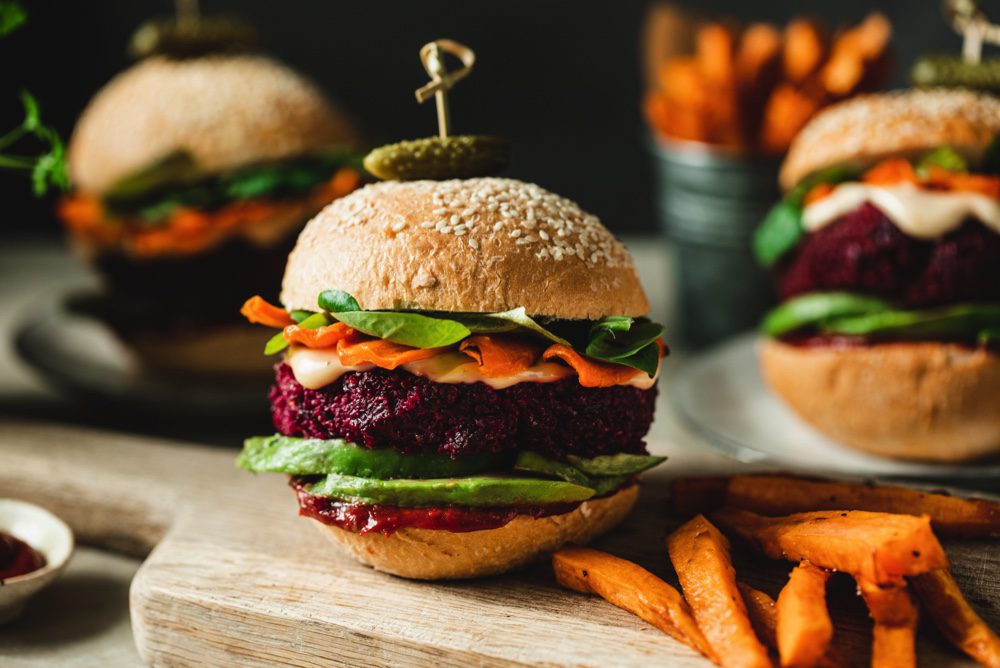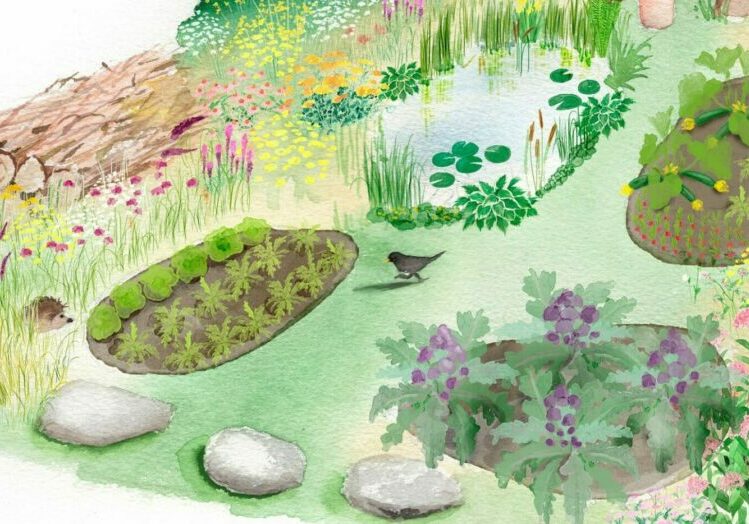Switching to a plant-based diet is one of the single biggest changes we can make as individuals to help protect the planet. But with an ever-increasing availability of plant-based alternatives, knowing where to begin can be the hardest part – and they aren’t all equally good for us, or for nature.
Some ’fake meat’ products are high in salt, sugar or saturated fat, while popular nuts or fruits such as almonds and avocados have a sizeable environmental impact due to the way they’re produced.
Our tips will help you navigate the world of plant-based alternatives for healthy, planet-friendly meals. But first, watch our video to learn why food is the big issue on WWF’s plate…

1. Health check
It’s important that as well as looking after the planet, we look after our health, too. When you think of a plant-based diet, you probably think of fruit and veg – so you’d be forgiven for thinking a plant-based diet is automatically healthier. Plant-based alternatives do tend to be lower in saturated fat and higher in fibre than animal products, but some can be high in saturated fat, salt and sugar. Look out for the ‘traffic light’ labels on packaging to guide your choices while you’re shopping. As a guide, per 100g, look for less than 3g of fat, less than 1.5g of saturates, less than 5g of sugars and less than 0.3g of salt.
2. Protein power
Protein is essential for the growth, maintenance and repair of all body cells, and gives us energy, so it’s really important to make sure you’re getting enough. Soy- or mycoprotein-based products can have protein content similar to that of milk, eggs and meat, and are a source of complete protein, which means they contain all the essential amino acids that our bodies can’t make themselves. Wholefood pulses – chickpeas, lentils, split peas and beans – are also an excellent source of protein.


3. Milk monitor
From oat to soya, almond to coconut, rice to even potato… there’s plenty of scope to experiment with different plant-based milks to see what works best for you. Nutritionally, soya is closest to dairy milk and is a source of all nine essential amino acids. But many plant-based milks are made with a plant-based diet in mind and are fortified with calcium, vitamin B12, vitamin D and iodine, so look out for these – and remember to shake the carton so that the added micronutrients don’t sink to the bottom.
4. Traditional tastes
Wholefood pulses and more traditional alternatives – such as tofu and tempeh, which are made from soy – are lower in salt and fat than some recently developed alternatives, and are rich in a range of nutrients while being a good source of protein. Pulses in particular are incredibly versatile and affordable. They’re handy to keep in the store cupboard, ready to throw into dishes: red lentils are great in bolognese or to thicken up soups; beans are a good alternative to mince in chilli; and chickpeas work well in curries.


5. Eat a variety
Make sure to keep your diet varied and interesting. While wholefoods are generally more nutritious, some ’fake meat’ alternatives are quick and convenient, and you’ll be more likely to stick to a plant-based diet if you’re still able to enjoy some of the foods you’re already used to eating. Think about how you eat your alternatives, too – for example, burgers tend to be fried in oil and eaten with chips and sauces that are high in salt, fat and sugar. Maybe choose a bean burrito instead next time you eat out? There are great ideas for everyday food swaps on the Eat4Change site.
6. Cook in context
Going plant-based is a great way to try out new foods and experiment in the kitchen. See it as a challenge – can you bake a cake without eggs or dairy? You can also use vegetables in many different ways to recreate the taste and textures of the foods you love. Turn the stalks of king oyster mushrooms into ‘scallops’, use chickpeas to make ‘tuna’ mayo, or batter tofu to make ‘tofish’ and chips – the possibilities of plants are endless. You’ll find loads of inspiration on our recipes page.


7. Green credentials
A plant-based diet is generally much better for the planet – but not all alternatives have an equal environmental footprint. Almond milk is the second most popular dairy alternative after soya – almonds require huge amounts of water to grow and have to be imported into the UK, unlike oats, giving oat milk a lower carbon footprint. The BBC’s climate change food calculator lets you work out the impact of some of your food choices. Many plant-based alternatives contain palm oil, which can be responsible for habitat destruction when grown unsustainably, so choose products with the RSPO logo.
8. Be allergy aware
Remember that people may have food allergies related to plant-based alternative ingredients – soy, wheat and nuts are common allergens and must be highlighted on packaging – so be aware of this if you’re cooking for friends who do. And remember that plant-based products aren’t always suitable for people with milk or egg allergies, as they may contain traces due to cross-contamination during production. When it comes to pre-packaged foods, always check the back of the packet for allergens and the ‘may contain’ after the listed ingredients.

ALL IMAGES © GETTY IMAGES
Make more changes
You’ll find more great ideas for how to reduce your impact on the environment on the My Footprint app. Download it today and set yourself some sustainability challenges!
More to explore

The true cost of your food
Your food choices have a huge impact on the planet. Do you know the environmental footprint of your next meal?

